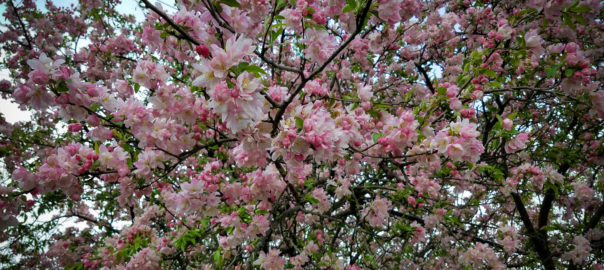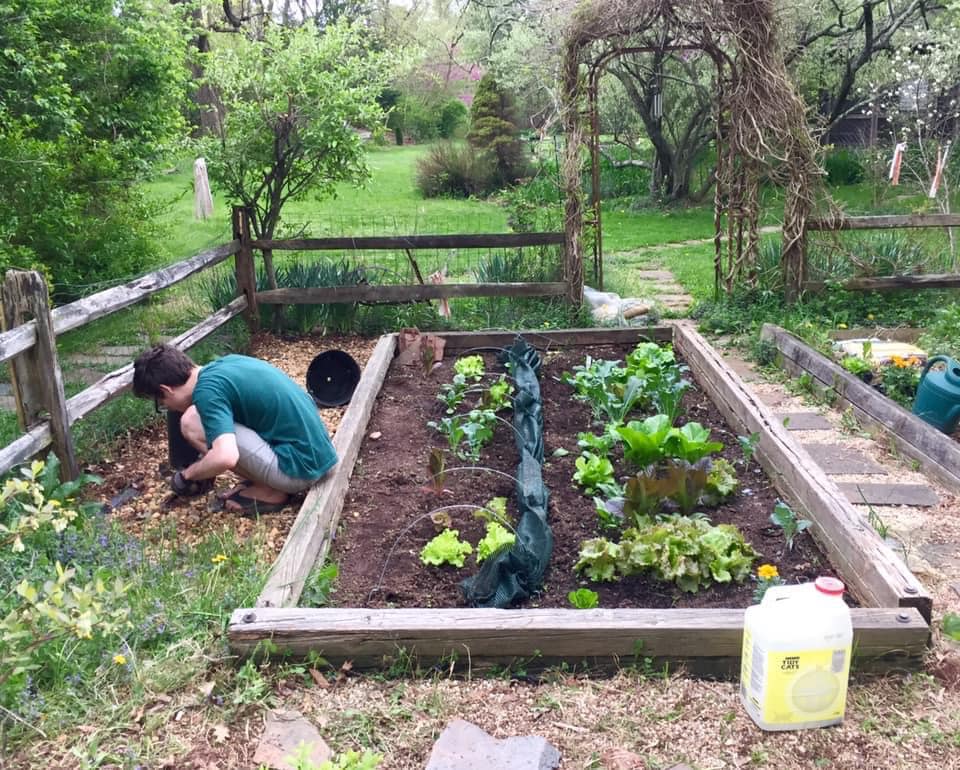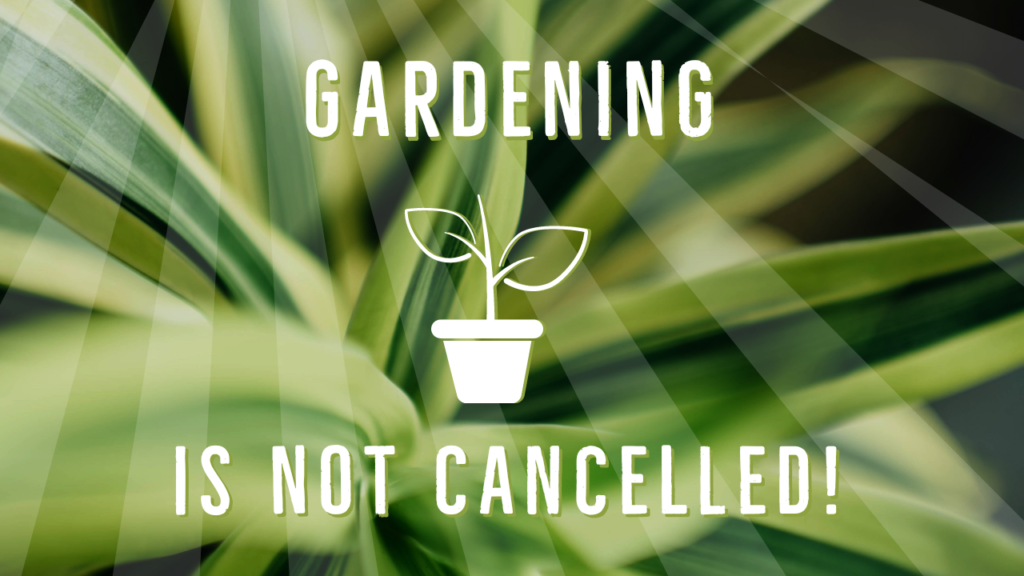
Hello Friends, Neighbors, Fellow Gardeners,
During this difficult time, there are still some things that we can be thankful for. For one, gardening is not cancelled! Gardening is good exercise and good for your mental health! Here are some garden tips, educational opportunities, and events for April. Because of the coronavirus, we are not able to list April events. However, here is a link to Maryland Gardens. Although buildings may be closed, the grounds for many of these gardens are open and spring is still on.
“Why Gardening Needs to be Part of the Coronavirus Solution“
Allan Armitage, Greenhouse Grower
Planning
- Mark beds outside where your new plants from seed are going in your garden.
- Take an inventory of pots and containers; clean or replenish potted soil.
- Select and order fruit plants.
- Decide on new tree/shrub locations.
- If you want to plant a street tree, pick one that grows up to 20 to 30 feet tall if you have overhead power lines.
- Read a good gardening book or magazine.
- Earth Day is April 18th.
- National Arbor Day is celebrated on the last Friday in April. In 2020, this is Friday, April 24th.
- Have a question about gardening? Check the University of Maryland Extension’s New Maryland Grows blog for garden tips.
- Support our local parks and gardens. Visit a garden or park.
- Support Our Local Farmers – Join a CSA and have fresh local produce delivered to you!
- Visit a local farmers’ market.
“During shelter-in-place, farmers’ markets remain open as an essential service, providing a vital source of fresh fruits and vegetables and food staples for our communities in a spacious, open-air setting. But our community and our farmers’ markets could be jeopardized if we don’t each do our part to stay safe during this public healthy crisis.
In good times, farmers’ markets have been places to gather and converse, however, now is the time to follow public health and safety advisories and resist the urge to linger and socialize. We all have a critical role to play in preventing the spread of COVID-19.”
How to Support Farmers and Safely Shop at Farmers’ Markets

Download Montgomery County’s Office of Agriculture 2019 Farmers Market Flyer to find a farmer’s market near you.
Flowers and Groundcovers
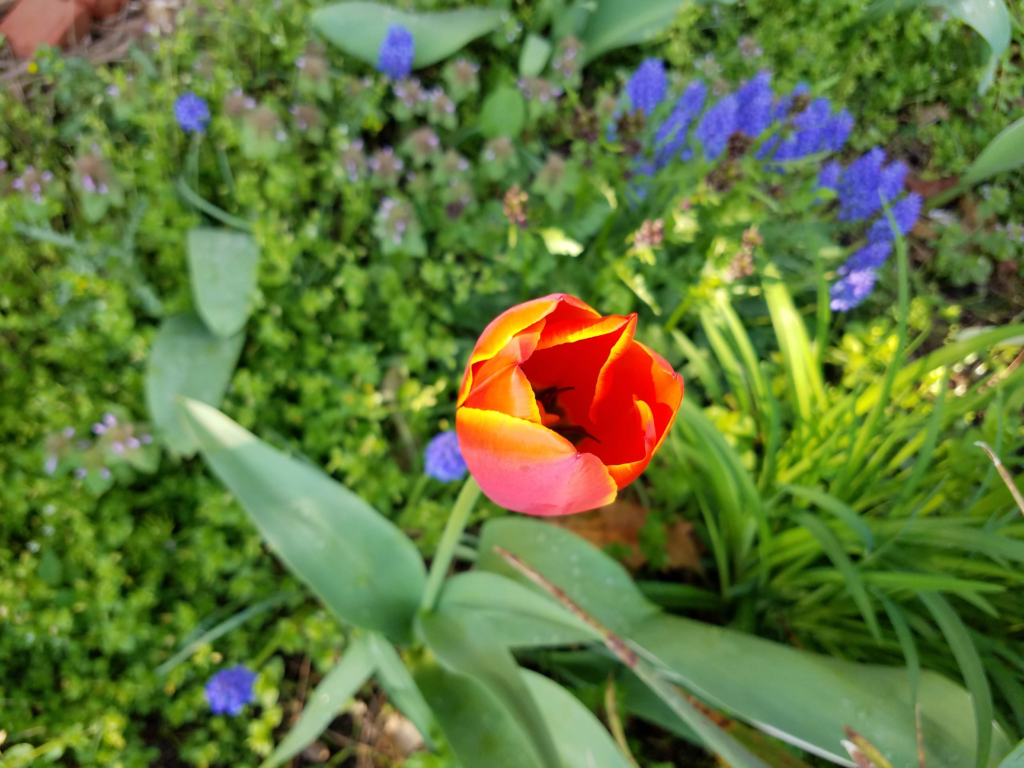
- Genty clean up the garden. Add 1 inch of compost.
- After spring bulbs bloom, let leaves turn yellow and die before trimming.
- Pull out ornamental cabbages and kale.
- Buy or check on your stored summer bulbs (such as dahlias and caladiums). Pot them and start to water, if you want to give them an early start on the season.
- Lightly fertilize bulbs when green starts to show.
- Walk your garden — look for early signs of fungal disease.
- Divide perennials and herbs.
- Plant and prune roses.
- Transplant seedlings into individual 3″-4″ pots when crowded.
- Start some more seeds — especially try flowering annuals like impatiens, marigolds, nasturtium, and petunias.
- Fertilize transplants with 1/2 strength houseplant fertilizer (every 2 weeks)
- Do not set out seedlings or tender annuals until after Mother’s Day (traditional last frost-free date for our entire area).
- Weed—especially look for fast-growing vines such as honeysuckle, autumn clematis, bittersweet, wild grape, Virginia creeper, and poison ivy.
- Start seeds for Portulaca, Flowering Tobacco, Ageratum, China Aster, Cleome, Dwarf Marigolds, Salvia, Tall Snapdragons, Verbena, and perennials. Check daily for moisture.
- Cover garden beds with shredded leaves to minimize soil erosion.
- Apply deer deterrent.
- Pests to watch for: Aphids, Deer, 4-lined plant bug, slugs.
- Diseases to watch for: Damping off of seedlings.
- See UMD’s HGIC Garden Tips for more details.
- For a list of native plant resources, visit: https://extension.umd.edu/hgic/topics/native-plant-resources
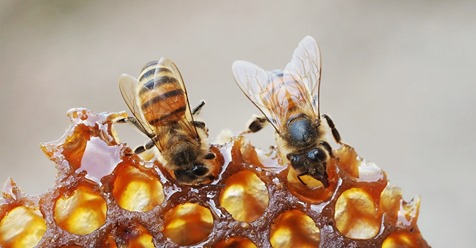
Honeybees Need Your Help, Honey | npr.org
USDA entomologist Sammy Ramsey (and UMD Department of Entomology alumnus) tells host Maddie Sofia about the “three P’s” that are driving these die-offs. And how our industrious friends the bees actually love it when we’re a little lazy with our yard work.
Trees and Shrubs
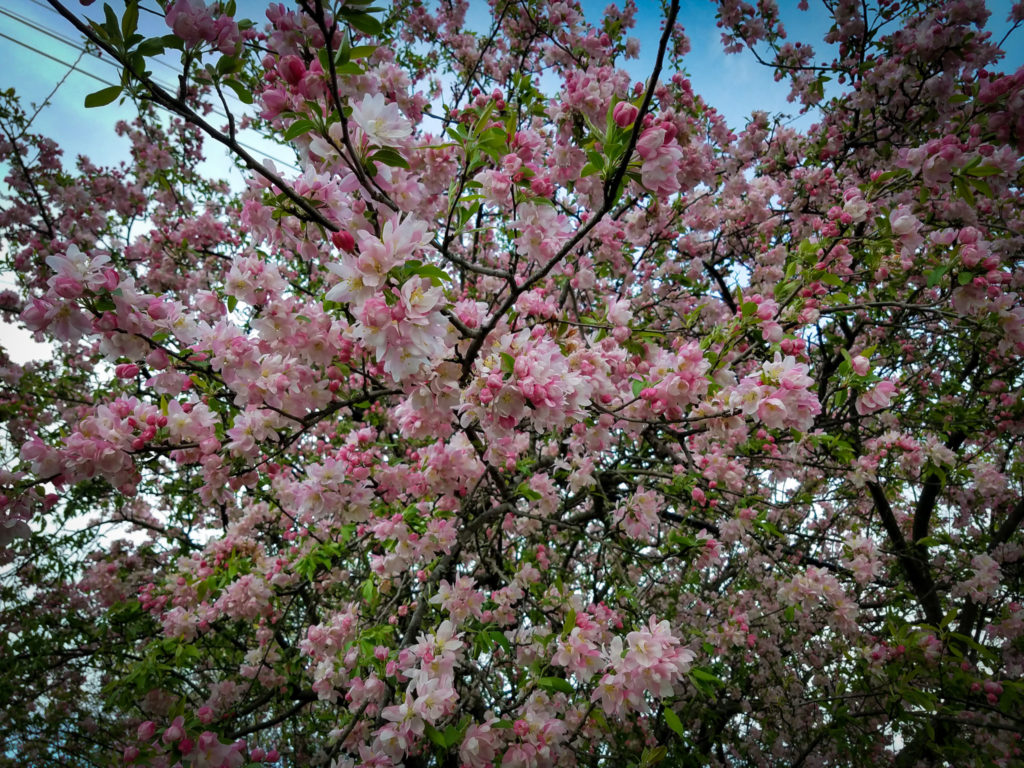
- Plant trees, shrubs, perennials; this is a good time to plant evergreens.
- Begin planting trees when soil is not too wet.
- Plant a tree for Arbor Day. In our area, it is the first Wednesday in Maryland.
- Soil test established trees that have not been performing well.
- Keep mowers and trimmers away from trunks!
- Cut some branches (forsythia, quince, bittersweet, redbud, willow, etc.) for forcing into bloom and enjoying indoors.
- Prune butterfly bush to 8″ – 10″.
- Prune azaleas when they finish blooming.
- Do not fertilize newly planted or transplanted plants the first year.
- Rejuvenate prune hollies.
- Prune out Eastern tent caterpillar egg masses.
- Test soil pH on some hydrangeas and adjust: pH 5 – 5.5 = blue; pH 6 – 6.5 = pink
- Prune broken, dead, or diseased branches.
- Prune winter damage on evergreens when new growth begins.
- Prune flowering (except Crepe Myrtle) and non-flowering trees and shrubs before new growth.
- Root prune trees and shrubs to be transplanted next year.
- Prune maples, dogwoods, birch, elm, and walnut—if needed.
- Remove fallen diseased leaves.
- Mulch or compost healthy leaves.
- Put diseased leaves, pesticide-laden grass clippings and weed seeds out for recycling rather than the compost pile.
- Spray with dormant oil to decrease pest infestations.
- Remove Ivy, Pachysandra, and other vine-like ground cover from under shrubs.
- Remove dead and dying trees.
- Pests to watch for: bagworms, caterpillars, Gypsy moths, Japanese beetles, scale, sawfly, spidermites, leafminers, Voles, and webworms.
- Diseases to watch for: Anthracnose, Exobasidium gall on azaleas, Phytophthora, top dieback and root rot on azaleas.
- For more tips, see UMD’s HGIC Garden Tips for more details.
Herbs, Veggies, and Fruit
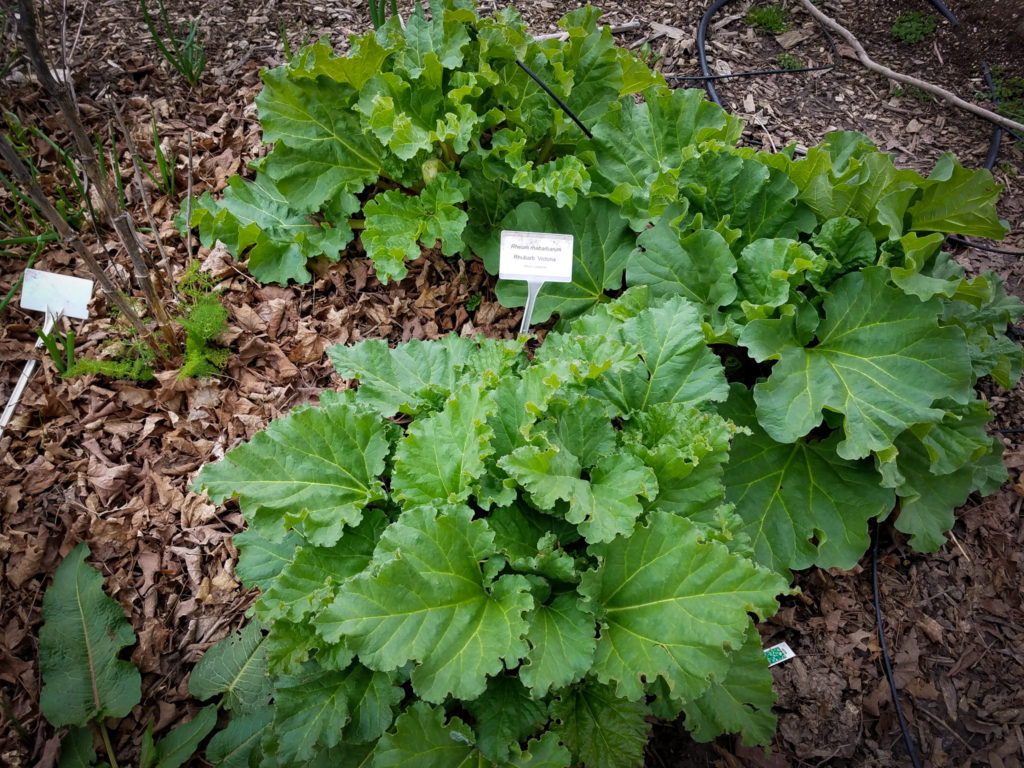
If you started seeds indoors, follow tips and guidelines for good care of your plants. Take a look at Seedling Care.
https://extension.umd.edu/hgic/topics/seedling-care
- Build a raised bed for vegetables. Add lots of manure and compost.
- All about raised beds.
https://extension.umd.edu/hgic/topics/raised-beds
- All about raised beds.
- If you started seeds last month, thin them and start the hardening-off process.
- Start seeds for tomatoes, eggplants, and peppers inside.
- Tomatoes are the most common and beloved vegetable crop for home gardeners. They require relatively little space and can yield 10 to 15 pounds or more of fruit per plant. https://extension.umd.edu/hgic/topics/tomatoes
- Keep all transplants watered deeply for 2-3 weeks.
- Harden off cool season transplants.
- Start greens indoors or outdoors in a cold frame.
- Start hardy herbs (chives, sage, thyme, rosemary), fennel, onions, and cabbage.
- Plant cool-season crops (asparagus, potatoes, lettuce, peas, root crops, spinach, and kale).
- Sow seeds of: carrots, endive, sunflowers, lettuce
- Fertilize established asparagus, tree and bramble fruits, and strawberries.
- Prune grapevines.
- You can still have your vegetable garden and soils tested.
- Cover garlic plants other root crops with straw or leaf mulch.
- Prune dead bramble canes.
- Prune stone fruit trees like cherries, plums, and peaches.
- Apply dormant oil spray to fruit trees.
- Pests to watch for: rabbits, deer, woodchucks, birds
- Diseases to watch for: Damping off of seedlings.
- Here are some more UMD’s HGIC Garden Tips.
Master Gardener Series: Vegetable Gardening Online Class
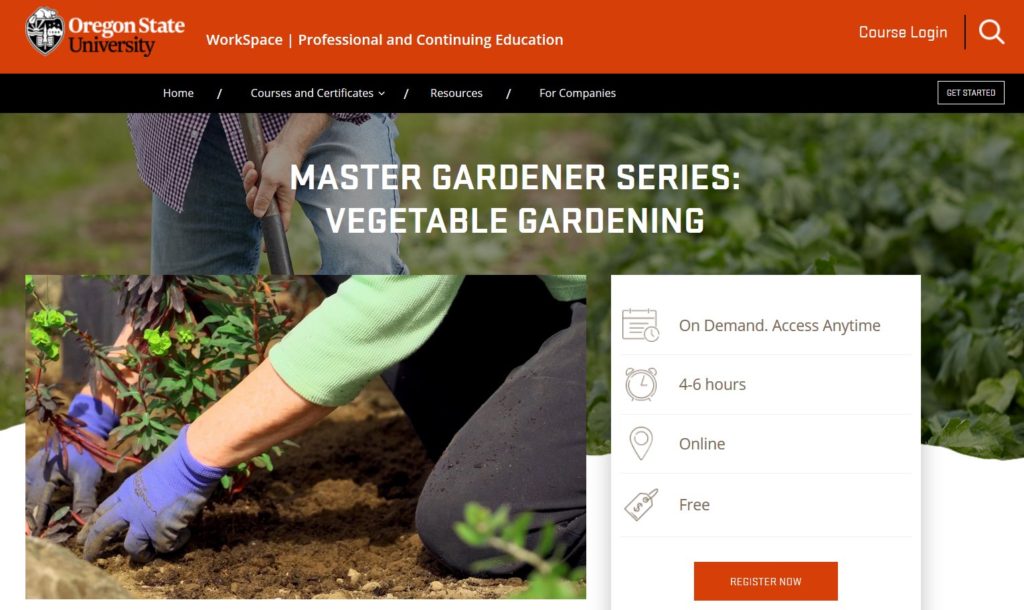
Oregon State University
Through April, we are offering the Vegetable Gardening course and Intro to Oregon Master Gardener course for free.
Victory 2020 Garden Program

University of Florida
Because so many of us are finding ourselves at home in self isolation for the time being, we want to share free learning opportunities offered by Extension offices and Universities across the country. For anyone in the Southeast U.S. who wants to get out there and start a vegetable garden, here is a free course from University of Florida Extension that includes an adult and kid’s book club!
For more information and to join: https://bit.ly/V2020G
Lawns
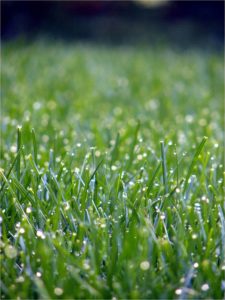
- Start lawn seeding. Reseed bare spots or overseed (through early April).
- Mow high to reduce weeds and stress. Fescue & Bluegrass: 3″ – 3 1/2″
- To control crabgrass, apply pre-emergent herbicide to lawn (when forsythia blooms drop).
- Control wild onions in warm season turf with broadleaf weed control.
- Cut over-wintering ornamental grasses to 2 inches above the ground.
- Clean yard of all leaves and other debris.
- Turn your compost pile.
- Get your lawn mower serviced.
- The annual soil science calendars from the Natural Resources Conservation Service are both educational and beautifully done. The one for 2020 as well as those for previous years are available as free PDFs here: https://www.nrcs.usda.gov/wps/portal/nrcs/detail/soils/edu/?cid=nrcseprd1250008
- Diseases to watch for: brown patch, and red thread
- Pests to watch for: Grubs
- See UMD’s HGIC Garden Tips for more details.
Indoors/Houseplants
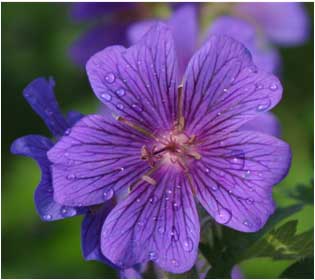
- Buy a few new houseplants.
- Repot larger plants that are going outside for the summer.
- Fertilize your winter-blooming houseplants, such as violets.
- Repot and fertilize houseplants when new growth begins.
- Rotate houseplants to promote even growth.
- Remove old leaves, damaged stems.
- Pinch out growing tips of leggy cuttings and plants that are overwintering.
- Clean the leaves of your indoor houseplants to prevent dust and film build-up.
- Start to fertilize with 1/2 strength houseplant fertilizer (every 2 weeks).
- Set up a humidifier for indoor plants or at least place them in pebble trays.
- Maintain moisture in pots wintering indoors, but do not over water!
- Keep all houseplants out of drafts and away from heat vents.
- Pests to watch for: aphids, spider mites, mealybug, scale, whitefly
- See UMD’s HGIC Garden Tips for more information.
Indoor/Outdoor Insect and Wildlife Tips
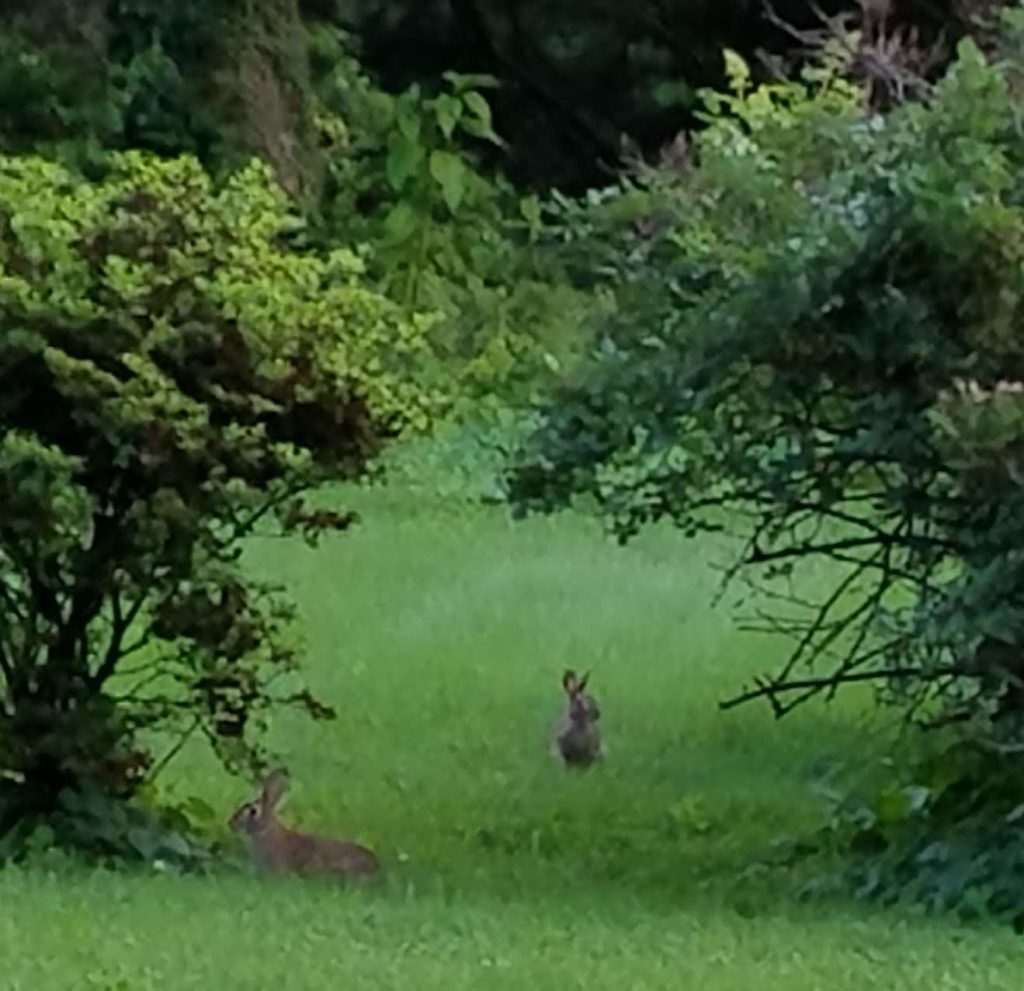
- The wild rabbit in Maryland is the Eastern Cottontail. Rabbits are abundant in both rural and suburban areas. They tend to concentrate around shrubs, overgrown fence rows, or the edge of a field. https://extension.umd.edu/hgic/topics/rabbits
- Check indoors for termites and winter ants.
- Put up birdhouses.
- Keep bird feeders clean and filled.
- Ticks are very active now.
- Switch your deer deterrent spray.
- Check for vole problems and set out traps.
- Remove and destroy gypsy moth egg masses.
- Caulk and seal your outside walls to prevent wildlife from coming indoors.
- Set out traps for mice, moles, and voles.
- Watch for: carpenter ants, flies, mosquitos, stink bugs, termites, rabbits, raccoons, groundhogs, deer, mice, moles, snakes, squirrels, and voles.
- For more information, see UMD’s HGIC Garden Tips.
Source: University of Maryland’s Home and Garden Information Center (HGIC) and the Washington Gardener.

Montgomery County MD Food and Beverage Guide
The third edition of the MoCo Made Food & Beverage Guide is available!
The Guide features more than 60 local producers and farmers offering local-made products. Find the online version here:
https://mocofoodcouncil.org/wp-content/uploads/2018/11/MOCO_Directory_2018_FNL-digital.pdf
Master Gardener Plant Clinics
Varied Locations, dates, and times
 |
|
What can Master Gardeners do for you?
- Help you select and care for annual and perennial plants, shrubs and trees.
- Determine if you need to test your soil.
- Provide you with information on lawn care.
- Identify weeds, beneficial and noxious insects, and plant diseases and remedies.
- Teach you how to use pesticides, mulch and compost.
- Guide you in pruning trees and shrubs.
- Provide you with options for managing wildlife.
- Provide you with gardening resources.
- Help you submit a plant sample for diagnosis
Plant Clinics are held at several sites in the county on a weekly basis and at special events such as garden festivals and the county fair. Regularly scheduled Plant Clinics are located at public libraries and farmers’ markets throughout the county as well as at the Audubon Naturalist Society in Chevy Chase. There are also clinics three days per week at Brookside Gardens. The busiest season is April through September, but some clinics are open year-round. Bring your plant samples and questions to one of these locations in Montgomery County, MD (see link below to find a location near you):
https://extension.umd.edu/mg/locations/plant-clinics
Support Our Local Farmers – Join a CSA and have fresh local produce delivered to you!
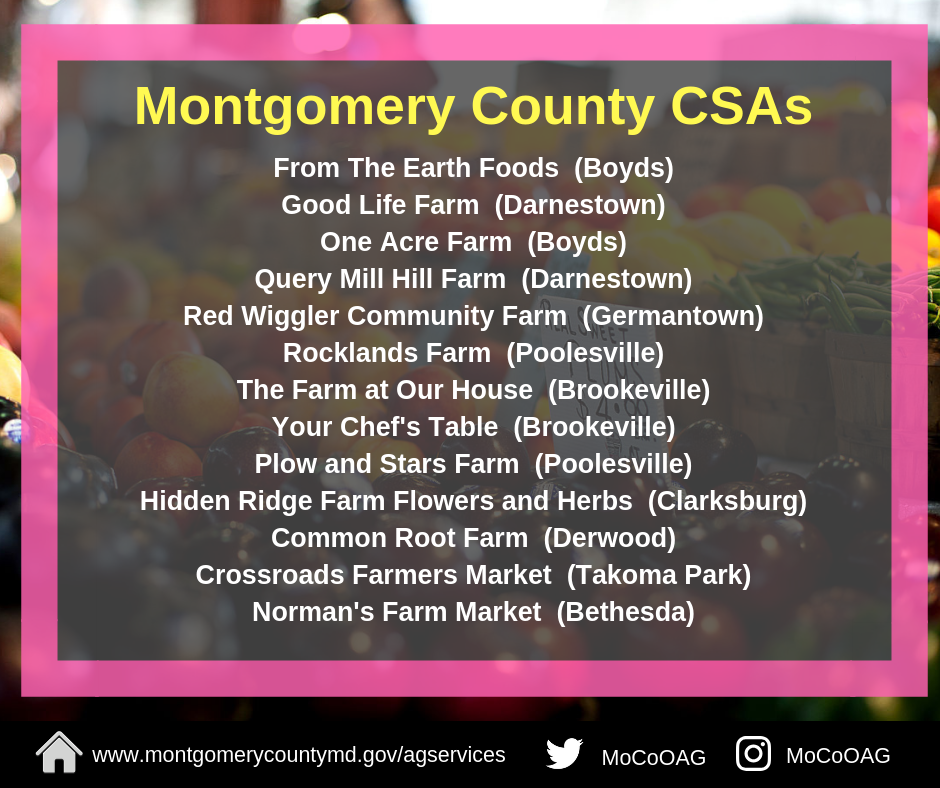
CSAs can take many forms, but essentially they are community supported farms in which members contribute to farming projects, usually by way of membership fees, in exchange for fresh, local produce. The concept came to the United States from Europe in the 1980s. They are a great way to take advantage of fresh, locally grown fruit, vegetables, herbs, and more while supporting nearby farms. Each one is different, some offer pickup locations in urban areas, some offer only farm-based pickups.
There are multiple CSAs located around the County offering a wide variety of products. CSAs begin taking sign-ups for spring and summer seasons in the early part of the year, and they tend to fill up FAST! Know of another CSA not on our list? Let us know! Montgomery Countryside Alliance also maintains a list:
http://www.mocoalliance.org/community-supported-agriculture.html
